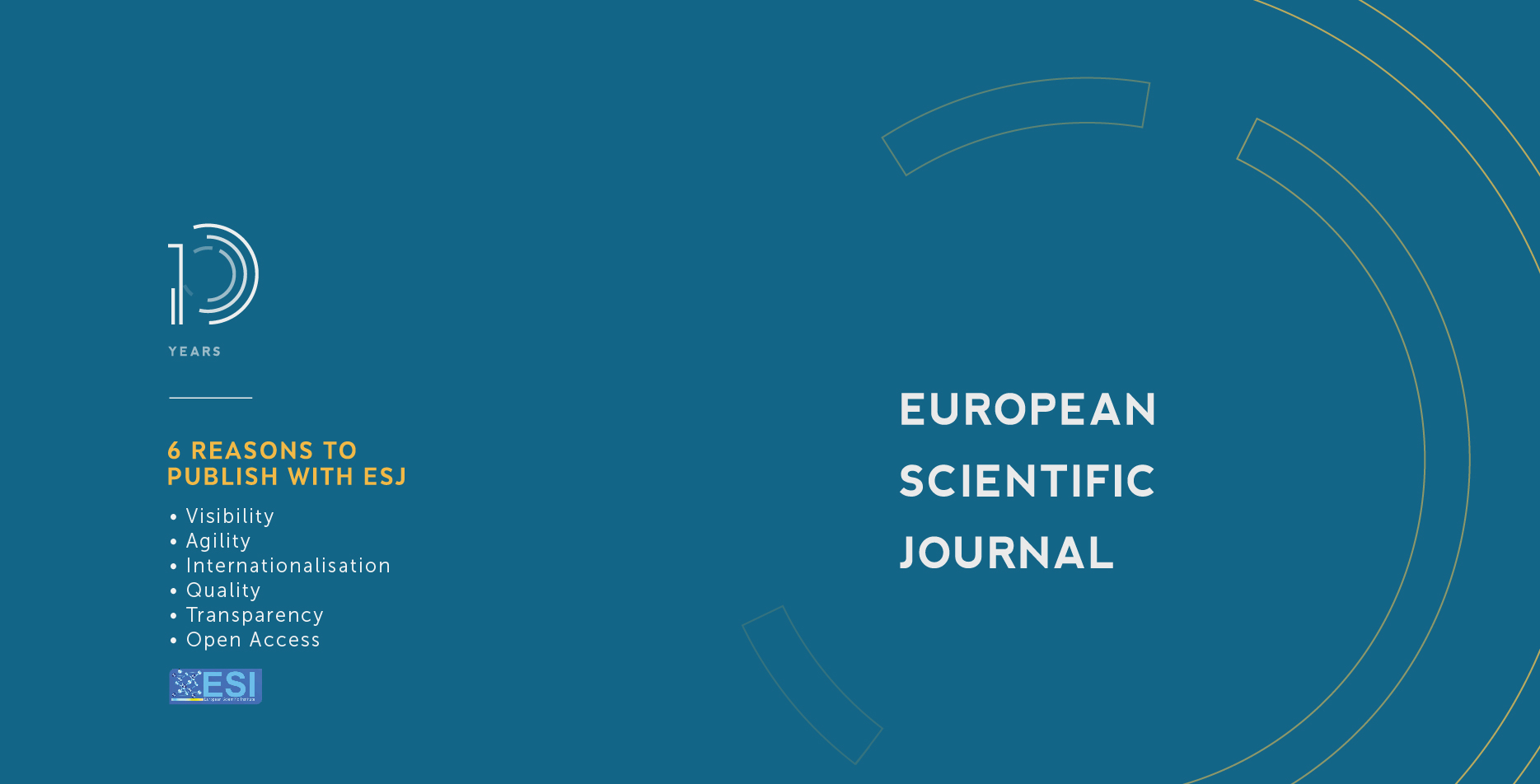Household Heads Characteristics and Access to Water in Kenya
Abstract
Kenya has taken numerous steps in ensuring universal access to water among all households by 2030. However, the country may not achieve this by 2030 due to challenges related to the implementation of objectives including inadequate data on the indicators to allow for better policy formulation. The study aimed at finding out the effect of household head characteristics on access to water. The study employed multinomial logistic regression modeling using 2015/2016 Kenya Integrated Household Budget Survey data. Arising from the study findings, an increase in the income of the household head led to an increase in the household’s access to clean water. Education levels (primary, secondary, and tertiary) of household heads compared to no education increased the probability of household heads selecting clean water sources. Being employed as well as being male increased the probability of accessing clean water. Further, residing in a rural area by a household head reduced the probability of using clean water compared to residing in an urban area. Based on the findings, the study suggests that there is a need to develop a policy around the key and significant household head characteristics to improve access to clean water in Kenya.
Downloads
Metrics
PlumX Statistics
References
2. Abubakar, I. R. (2019). Factors influencing household access to drinking water in Nigeria. Utilities Policy, 58, 40-51.
3. African Union Commission (2015). Agenda 2063: the Africa we want. African Union Commission.
4. Asibey, M. O., Dosu, B., & Yeboah, V. (2019). The roles and attitudes of urbanites towards urban water insecurity. Case of the New Juaben Municipality, Ghana. Sustainable Water Resources Management, 5(4), 2023-2036.
5. Fry, T. R., & Harris, M. N. (1998). Testing for independence of irrelevant alternatives: some empirical results. Sociological Methods & Research, 26(3), 401-423.
6. Government of Kenya. (2017). Implementation of the agenda 2030 for sustainable development in Kenya. Retrieved from www.devolution planning.go.ke
7. Hoffman, S. D., & Duncan, G. J. (1988). Multinomial and conditional logit discrete-choice models in demography. Demography, 25(3), 415-427.
8. Horowitz, J. L., Bolduc, D., Divakar, S., Geweke, J., Gönül, F., Hajivassiliou, V., & Ruud, P. (1994). Advances in random utility models report of the workshop on advances in random utility models duke invitational symposium on choice modeling behavior. Marketing Letters, 5(4), 311-322.
9. Kenya National Bureau of Statistics (2015): Kenya Integrated Household Survey Data 2015/2016 [WWW Document] URL: http://54.213.151.253/nada/index.php/catalog/88 (Accessed 12.15.19)
10. Kithinji, F. K. (2015). Factors influencing households’ access to drinking water: the case of communities in Imenti South, Kenya (Doctoral dissertation, University of Nairobi).
11. Koolwal, G., & Van de Walle, D. (2013). Access to water, women’s work, and child outcomes. Economic Development and Cultural Change, 61(2), 369-405.
12. Liao, H., Chen, T., Tang, X., & Wu, J. (2019). Fuel choices for cooking in China: Analysis based on multinomial logit model. Journal of cleaner production, 225, 104-111.
13. Mwihaki, N. J. (2018). Decentralisation as a tool in improving water governance in Kenya. Water Policy, 20(2), 252-265.
14. Orayo, J. A. (2014). Determinants of health insurance demand among the migrants in Kenya (Doctoral dissertation, University of Nairobi).
15. Orayo, J. A. (2020). Determinants of Maternal Health Outcomes of Lactating Mothers in Meru County, Kenya. International Journal of Research in Education and Social Sciences (IJRESS), 3(3), 1-14.
Copyright (c) 2022 Beatrice Anyango Omondi, Mdoe Idi Jackson

This work is licensed under a Creative Commons Attribution-NonCommercial-NoDerivatives 4.0 International License.








